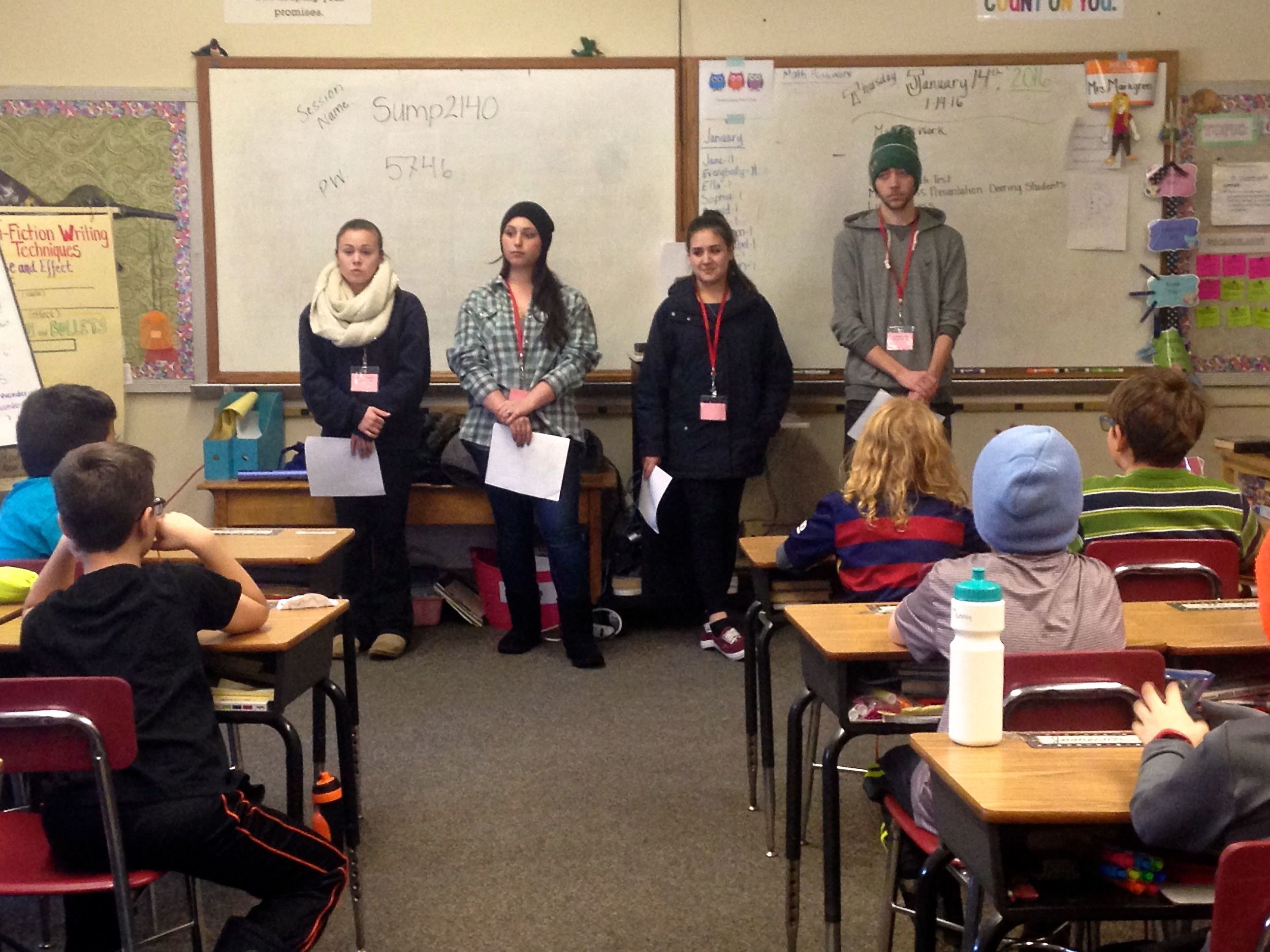Pain, right shoulder blade, excruciating.
The pain in my right shoulder blade was almost immediate when I sat down. As I sat in stillness, I wondered about where it arose from. Did I hurt myself? Was it from the two and half hour drive getting to the retreat center? Was it ever going to go away?
This was the beginning of a five day silent meditation retreat I attended over school vacation. I didn't have any particular goals for the time beyond strengthening my own personal practice. I was unprepared for the intensity of the experience from the first moments of beginning.
After the second day of sitting with this pain, I began to get angry at it. What the hell? I'm healthy. I take good care of you. What's wrong with you? Can't you give me one moment of relief? As the anger built, I found myself grow more rigid in my seat. More upright. Taller. Holding on against the pain. Gritting my teeth in frustration as it intensified.
By the third day, I was so frustrated I was nearly in tears. I dreaded coming to sit for the forty-five minute periods the community came together. When the pain came up, I started panicking. I fantasized again and again about getting up and leaving. I stretched aggressively to the left and right in desperation to escape it. And still, it persisted.
On this day, we were allowed one group Q & A with a particular teacher. Oren Sofer, who teaches with Mindful Schools, was one of the teachers of this retreat. I came to him with a question about the panic, which was arising alongside the pain. He told me I could consider skipping some of the shorter sits and use that time for walking meditation, which I preferred (and didn't find painful). And he said this: Be gentle. Be gentle with it.
As I went on my first walk-instead of-sit, I cried tears of relief. I didn't have to force it. I was given permission to back off.
From that moment on, I felt something shift inside. Not the pain. The pain was still there. But how I approached the pain. I began to really notice the pain. Notice that when I breathed in it lessened slightly. Notice that there was an occasional breath when it was completely gone. I noticed that if a subtly shifted my weight to the left hip, sometimes it would ease the intensity. I began to imagine it being hugged from all sides. I let go of my judgments about the cheesiness of this and said to it: It's okay. I hear you. I know you're uncomfortable. I'm here.
And I felt different. I felt like I could come to sit without the fear. I could be comfortable with the discomfort. And it translated into other parts of my being. My yoga practice shifted. Whereas I was in the habit of ignoring minor aches that arose in a typical practice, I began responding to them and backing off. I slowed my movements and really took note of how it felt in different parts of my body. I looked at how I was trying to force myself to be okay with recent events in my life and my responses to those events. Could I be okay with the being upset? Or could I at least be okay with the disappointment of being upset? Was there some level at which I could let go of the judgement and be okay with whatever was?
Translation to the classroom: We are capable of being uncomfortable.
The Thursday before I left for my retreat, three boys walked out of the classroom at the alternative high school where I was working in week 6 of curriculum. When questioned by a teacher, they cited that they thought it was "hippie b******" and didn't want to go anymore. I asked to speak with them after they returned to the class, but they refused.
Before I came to the classroom today, I asked the teachers to ask everyone to stay for just two minutes of time. When I got there, I wasn't sure what would happen. I thanked them for being there, and told them the story of the silent retreat. "Sounds sh*tty" one student responded. "Yes," I replied, "It was."
I told them I was sharing that story because I saw how I was asking some of them to do something that was uncomfortable. That they thought was dumb, maybe. And that I didn't need them to like me, or like mindfulness, but I hoped that they would try and be uncomfortable for that time. I told them that I asked this of them because I could sit for five days in pain, and the only difference between me and them was more practice, so I thought they could handle the twenty minutes, no matter how rotten. I told them they could choose to stay or leave, it was up to them, but I hoped they would choose to stay and try it. Because sitting with it has power by showing us how we can stay with those crappier moments in life.
Then I paused...
And no one moved.
So I began the lesson.
The power of personal retreat
In the end, this retreat was even more powerful than I imagined. It didn't just give me access to a deeper insight or knowing through the experience of being with my own discomfort. No, it also translated to the classroom, and allowed me to connect my students to this crucial insight. I sat those five days for myself, yes, but I also sat them for those boys, who maybe needed that reminder that they could do it, even if it was hard.













